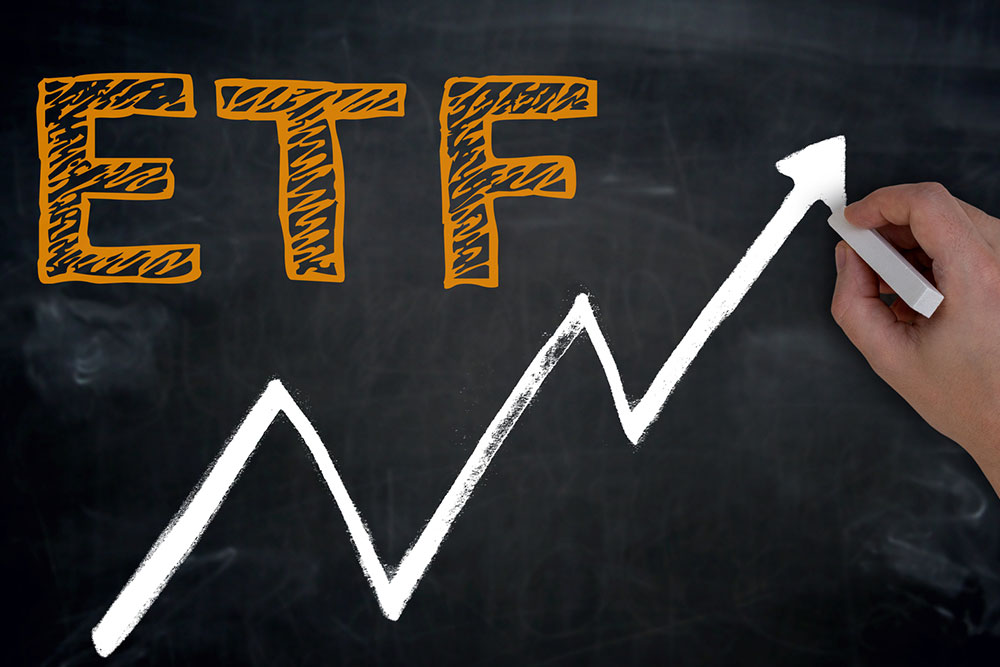
Guide to dividend ETFs
Dividend ETFs are exchange-traded funds meant for investment in a group of stocks with the potential to yield high dividends. These ETFs exist to allow investors to enjoy large gains via high yields. The ETF investments are made in stocks that offer high returns. Further, they also invest in real estate investment trusts and preferred stocks. The dividend ETF portfolio might contain the country’s domestic stocks or a combination of the country’s and global dividend ETFs.
They have a vast range of horizons to focus on. Indices that are part of these ETFs put money in stocks offering a higher-than-market dividend yield and a greater-than-ordinary liquidity level. However, these will vary depending on the ETF fund manager’s approach to their investment strategies.
Understanding dividend ETFs
Dividend ETFs are broadly managed passively. It means that these ETFs have a specific index. However, the underlying index is tabbed quantitatively to cover firms with a track record of offering regular dividends. Dividend ETFs also involve putting money in blue-chip companies, as they are relatively less risky. Regardless, investors must scan the track record of the stocks involved in the underlying index.
The expense ratio for dividend ETFs should be lower than or equal to that of the lowest-cost mutual funds. No-load mutual funds are the ones that one can buy or redeem at no sales charge or commission if the investor stays invested for a specified timeline. Ideally, one must invest in ETFs if one seeks a regular income or is risk-averse.
These ETFs offer investors an opportunity to diversify their index funds. Investors can also trade on margin as a solitary share and sell short or purchase, as these ETFs do not have any specific minimum deposit requirements.
How to invest in dividend ETFs
Here are a few tips to invest in dividend ETFs:
- Know the financial goals
Before investing, one should have a clear picture of the financial objectives. What are the expectations? Does one seek regular income, is one looking for long-term growth, or does one want a combination of both? When one understands these goals, it becomes easier to pick the right dividend ETFs. - Open an account with the broker
To invest in ETFs, one needs a brokerage account. Look for a reputable broker who meets these requirements. - Explore different dividend ETFs
Research the various dividend ETFs available in the market and find funds that offer high stock dividends. Choose a company with a consistent history of paying dividends. - Decide on the number of shares
After selecting the ETFs, decide how many shares to buy. One can set up regular contributions or invest a lump sum. Regardless, one will receive dividends quarterly or annually.
How to find the dividend ETFs to invest
When looking for ETFs to invest in, check their dividend yield. It is the dividends paid per share price. As the share price changes daily, the dividend yield will change proportionally. It is one of the most crucial factors when investing in ETFs, as it tells one how much dividend one will earn for every share purchased. However, dividend payouts are not the sole testament to a good ETF. So, this must not be the only deciding factor. It implies that while it helps to keep dividends as one parameter to choose funds to invest in, that must not be a decisive factor. Not every ETF with a high dividend is good, and there is no guarantee that it will perform exceptionally well in the future. So, consider the management of ETFs and their overall risk profile before zeroing in on any ETFs. While some funds concentrate on potentially high-risk dividend stocks and high-yield stocks, others may focus on a lower-yielding, diversified portfolio. Thus, the investor should choose, bearing in mind their risk-taking abilities.
Advantages of dividend ETFs
Here are a few advantages of dividend ETFs:
- Diversification
The dividend ETFs let investors buy diversified dividend stocks in one dividend ETF comprising multiple holdings. - Convenience
They are convenient and easier to manage than individual dividend stocks. So, it is easier for investors to find the best dividend ETFs that cater to their needs in one portfolio instead of researching several stocks to add to the portfolio. - Stability
Dividend ETFs (especially growth-oriented stocks) are less volatile than the broader market indexes. - Income
They offer regular income. So, it can be a new revenue stream for investors.
Disadvantages of dividend ETFs
Here are a few disadvantages of dividend ETFs:
- Price risk
A fall in stock prices because of market conditions outweighs the dividend yield. It results in a negative fund return. - Average income
The ETF payout dividend yield is the average of the underlying stock holdings. So, the average yield declines if some stocks in the portfolio reduce dividends. - Lack of control
As in other mutual funds, or ETFs, investors have zero control over security selection with these ETFs.
List of ETFs with dividends
Here is a list of ETFs with dividends one can consider:
- Vanguard Emerging Markets Stock Index Fund
- Energy Select Sector SPDR Fund
- SPDR Dow Jones Industrial Average ETF Trust
- iShares Russell 2000 ETF
- Vanguard Total International Stock Fund
- Schwab US Dividend Equity ETF
- Vanguard Developed Markets Index Fund
- SPDR S&P Dividend ETF
- iShares Core S&P 500 ETF
- iShares Russell 1000 Value ETF
- Previous Post
- Next Post